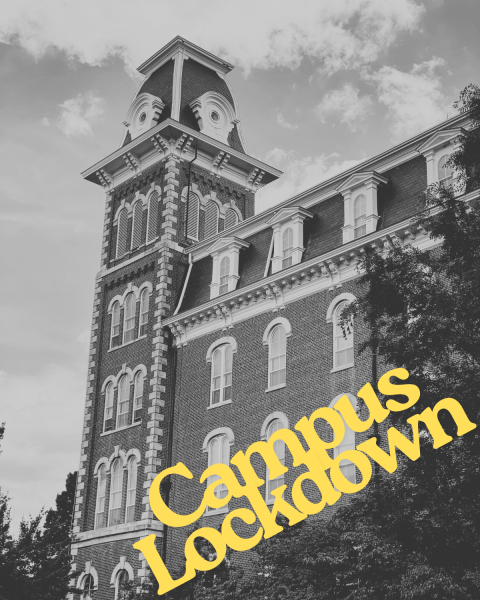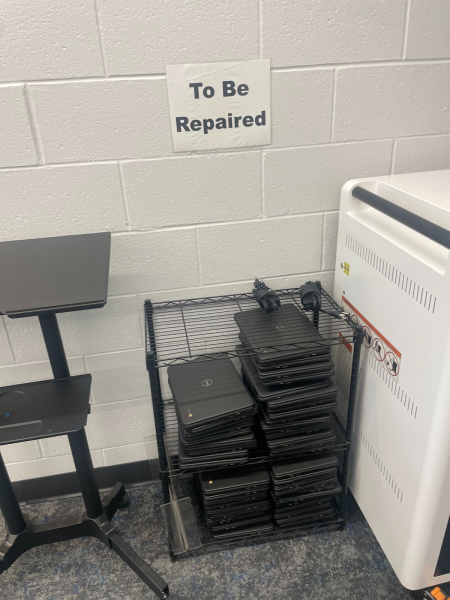HERE COMES THE SUN: Recent legislation may end the practice of daylight saving
Daylight Savings (DS), the biannual switching of the

clocks, has been observed in the U.S. since the summer of 1908. Aside from Hawaii and Arizona (which haven’t participated in DS since 1967 and 1968 respectively) and two brief stints during World War II and the mid 1970s, DS has always been in effect. However, March 15 saw the Senate unanimously approve the “Sunshine Protection Act” which, if passed by the House of Representatives and Biden, will permanently set America’s clocks to Daylight’s Savings time.
This is not the first time bills like these have been introduced, Reuters reports that, since 2015, around 30 states have proposed to end the clock change, but nothing concrete has gone through. Proponents of the change argue that more sunlight at night will reduce the number of traffic accidents that occur, save electricity, and make it safer for children coming home from school.
Senator Marco Rubio, a primary backer of the bill, shared his expectations if the change were to be implemented. The later sunset would lessen the crime rates in addition to encouraging children to play outside longer, reducing childhood obesity, and shrinking seasonal depression numbers, Rubio said.
Detractors from the bill, including the American Academy of Sleep Medicine (AASM), advocate for ending the clock change, but want to do it in the opposite direction- permanently utilizing Standard Time.
“Although chronic effects of remaining in daylight saving time year-round have not been well studied, daylight savings time is less aligned with human circadian biology—which, due to the impacts of the delayed natural light/dark cycle on human activity, could result in circadian misalignment, which has been associated in some studies with increased cardiovascular disease risk, metabolic syndrome and other health risks.” The Journal of Clinical Sleep said in their 2020 report: ‘Daylight Saving Time: an American Academy of Sleep Medicine position statement. “It is, therefore, the position of the American Academy of Sleep Medicine that these seasonal time changes should be abolished in favor of a fixed, national, year-round standard time.”
Circadian biology and rhythms, as shared by the National Institute of General Medicine Science, are behavioral changes that follow 24-hour cycles. These processes are natural and affect most living things in response to light and dark conditions. When it comes to sleep, light impacts the circadian rhythm- allowing for humans to be awake while it is light and asleep when it is dark. Circadian cycles are also responsible for biological clocks, which are impaired during time zone switches, producing the ‘jet-lag’ effect, said GMS. Experts worry that permanently using DST will increase the amount of people experiencing jet-lag.
Just as politicians and scientists can’t agree on which way to shift, neither can the American people. In his article for CNN, Harry Enten said that according to an AP-NORC poll done in late 2019, 31% of Americans wanted to stay in DST, and 40% wanted to stay in standard time, compared to 28% who wanted to continue switching.
For many, these statistics make them wonder why daylight savings is still being observed. Origins of the practice, according to Treehugger.com, trace it back to 1897 as a way to increase productivity and time for activities. This in turn would lower the amount of energy being consumed and lessen pollution.
“DST was adopted by the US with the passage of the Standard Time Act in 1918 (during WWI). The idea was to match daylight hours more closely with the hours that people were actually awake and active in an effort to cut down on the use of electricity (or other fuels) to heat and provide light for homes.” John Raybourne, social studies teacher, said. “After the war, each state could decide for itself whether to continue observing DST each year.”
A date for the House to look at the Sunshine Protection Act has yet to be determined, the future of the act is still up for debate and speculation. Regardless, everyone has their own opinion and own hope for the outcome of the meeting.
“Still, there is probably one good reason to not go back-and-forth: Statistics show that springing forward results in more deadly car accidents. Moreover, people’s heart health seems to suffer when we jump forward. (Similar problems are not seen when we gain an hour in the fall.)” Enten said in his article for CNN, “That strikes me as a good enough reason to have either daylight saving or standard time all year round — even if Americans can’t agree on which one.”






